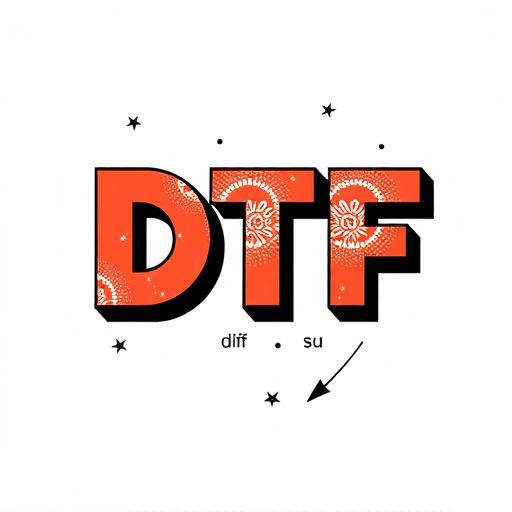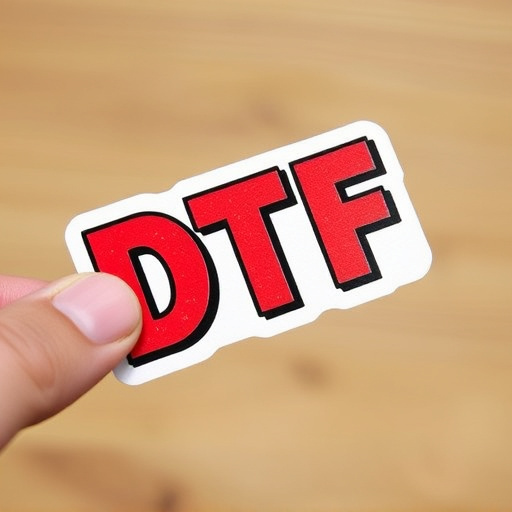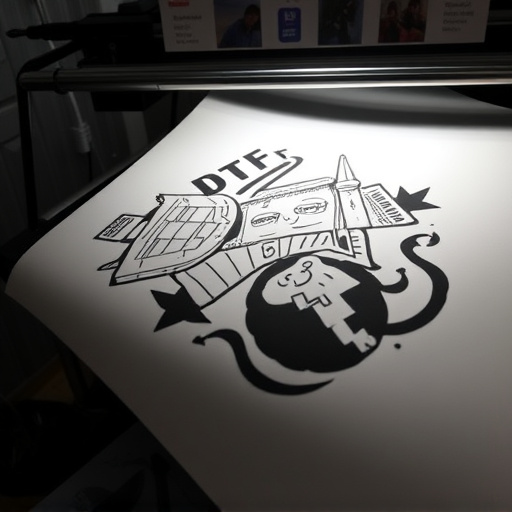Commercial Direct-to-Garment (DTF) printing has evolved from a simple heat-based process to a sophisticated digital technique, offering unprecedented precision and speed. Modern DTF printers streamline production while unlocking vast design potential for both small businesses and large operations. By adopting these advancements, companies can stay competitive, providing clients with quick turnaround times and exceptional print quality on diverse fabrics, particularly in the fashion industry. The future of Commercial DTF Printing looks bright due to technological innovations that enable high-speed printing, design flexibility, and superior print quality, thereby driving creative product design and marketing strategies.
The future of custom apparel and product branding is here, and it’s Direct-to-Fabric (DTF) printing. This cutting-edge technology has evolved rapidly since its inception, transforming the way businesses create personalized, high-quality designs on a variety of fabrics. With commercial DTF printing, brands can now offer unparalleled speed, cost-effectiveness, and versatility in their printing services, all while minimizing environmental impact. This article delves into the evolution of DTF printing technology, explores its growing commercial applications, and examines the future prospects and challenges that lie ahead for this game-changing industry.
- The Evolution of DTF Printing Technology
- – A brief history of Direct-to-Fabric (DTF) printing
- – Key advancements and innovations that have shaped the current state
The Evolution of DTF Printing Technology
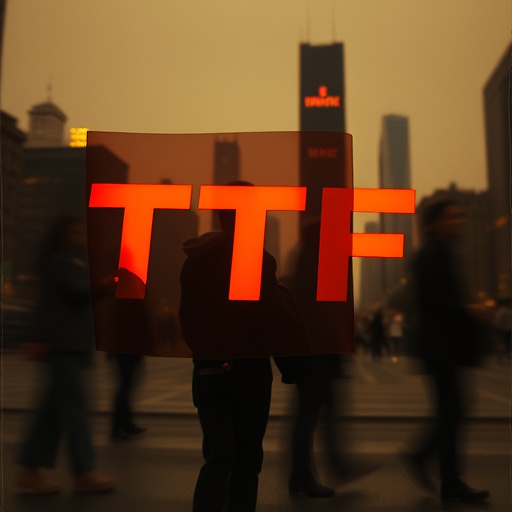
The evolution of Direct to Garment (DTF) printing technology has been nothing short of remarkable, transforming the apparel industry and paving the way for efficient and innovative commercial production. What started as a simple concept—applying ink directly onto fabric using heat—has now advanced into a sophisticated digital process, offering unparalleled precision and speed. This modern approach to printing on demand has revolutionized the way businesses handle custom t-shirt orders and other textile products.
With the advent of cutting-edge equipment, DTF for t-shirts has become faster, more precise, and environmentally friendly. The best DTF printers on the market today are designed to deliver high-quality results, ensuring that each transfer is crisp, vibrant, and long-lasting. This technology not only streamlines production but also opens up a world of design possibilities, catering to both small businesses and large-scale commercial operations. By embracing these advancements, companies can stay ahead in the competitive market, offering clients quick turnaround times and exceptional print quality with their chosen DTF transfer method.
– A brief history of Direct-to-Fabric (DTF) printing
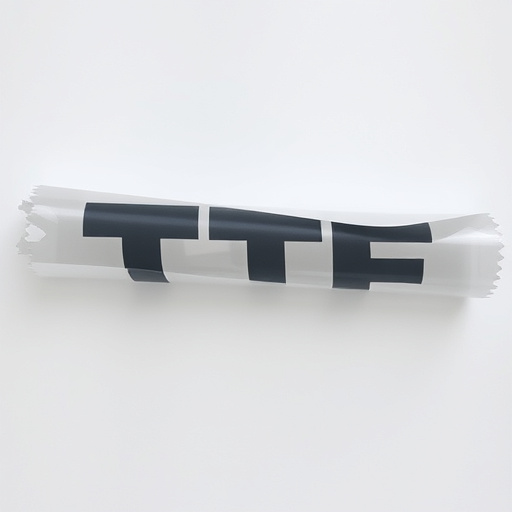
Direct-to-Fabric (DTF) printing has evolved significantly since its inception, marking a revolutionary change in the textile industry’s customization capabilities. This technology allows for precise, direct printing onto fabric surfaces, eliminating the need for intermediate steps like screen printing or heat transfer. The journey began with early forms of direct printing on various materials, but it wasn’t until recent advancements that DTF truly took center stage in the commercial realm.
Modern DTF printers, now designed specifically for commercial applications, offer unparalleled precision and versatility. They are capable of producing vibrant, high-resolution prints on a diverse range of fabrics, from heavy cotton to lightweight silk. This technology has gained immense popularity among businesses due to its efficiency, cost-effectiveness, and the ability to create custom dtf transfers with intricate designs. DTF printing for light fabrics, in particular, has seen a surge in demand as it opens up new possibilities for fashion designers, allowing them to bring their creative visions to life on a variety of garments with ease.
– Key advancements and innovations that have shaped the current state

The future of Commercial DTF Printing is now, thanks to a confluence of key advancements and innovations that have dramatically transformed the landscape. Digital Technology has played a pivotal role, enabling high-speed printing capabilities and unparalleled design flexibility. This shift from traditional methods has made Customization at scale a reality, allowing businesses to cater to diverse consumer preferences with ease.
The emergence of DTF for t-shirts as a popular choice among print shops is a testament to this evolution. DTF heat transfer paper offers superior quality prints, vibrant colors, and a soft handfeel – ideal for producing high-demand merchandise. Moreover, the precision and efficiency of these modern systems ensure that complex designs, from intricate graphics to bold text, are replicated accurately on a variety of fabrics. This has not only streamlined production but also opened up new possibilities in terms of product design and marketing strategies.
The future of commercial DTF printing is bright, with continuous innovation pushing the boundaries of what’s possible. As technology evolves, we can expect even faster speeds, higher resolutions, and an expanded color palette, making it a versatile and efficient choice for a wide range of applications. The current advancements in Direct-to-Fabric (DTF) printing position this method as a game-changer in the industry, offering businesses a competitive edge with personalized, on-demand fabric printing solutions.
